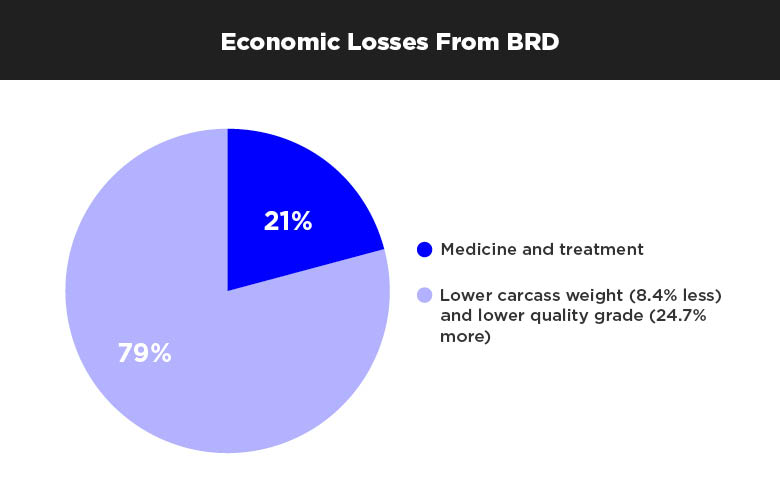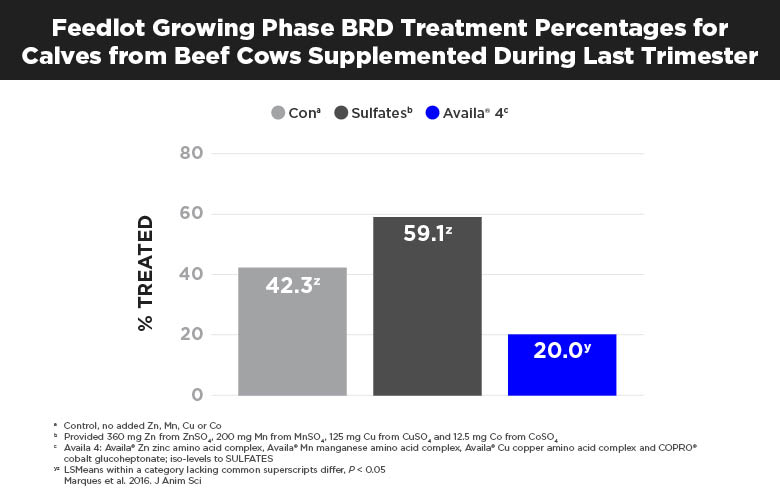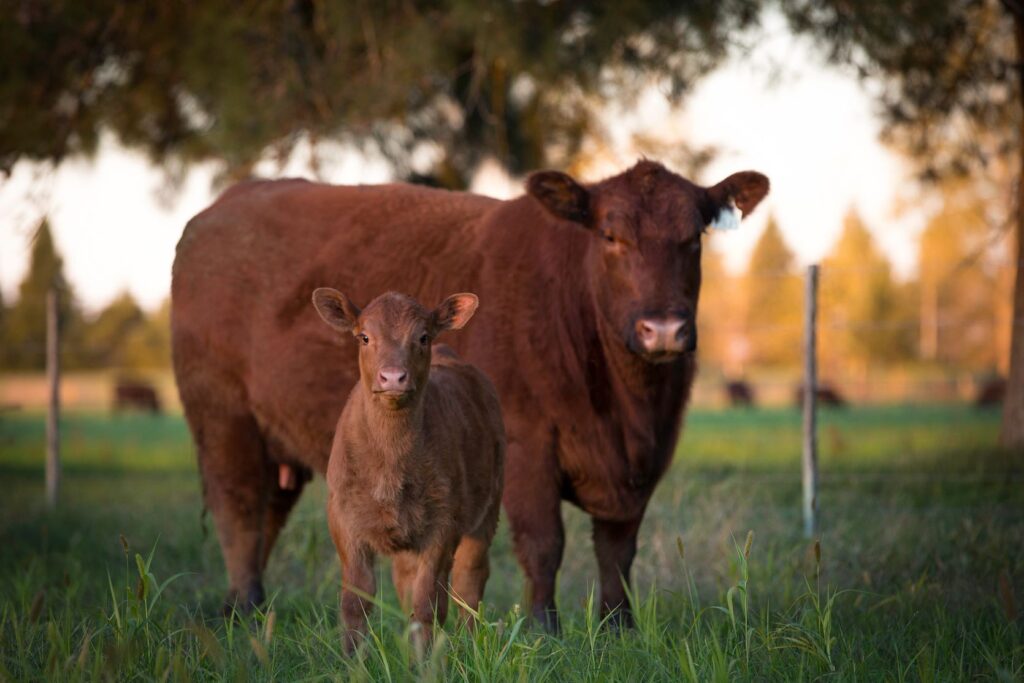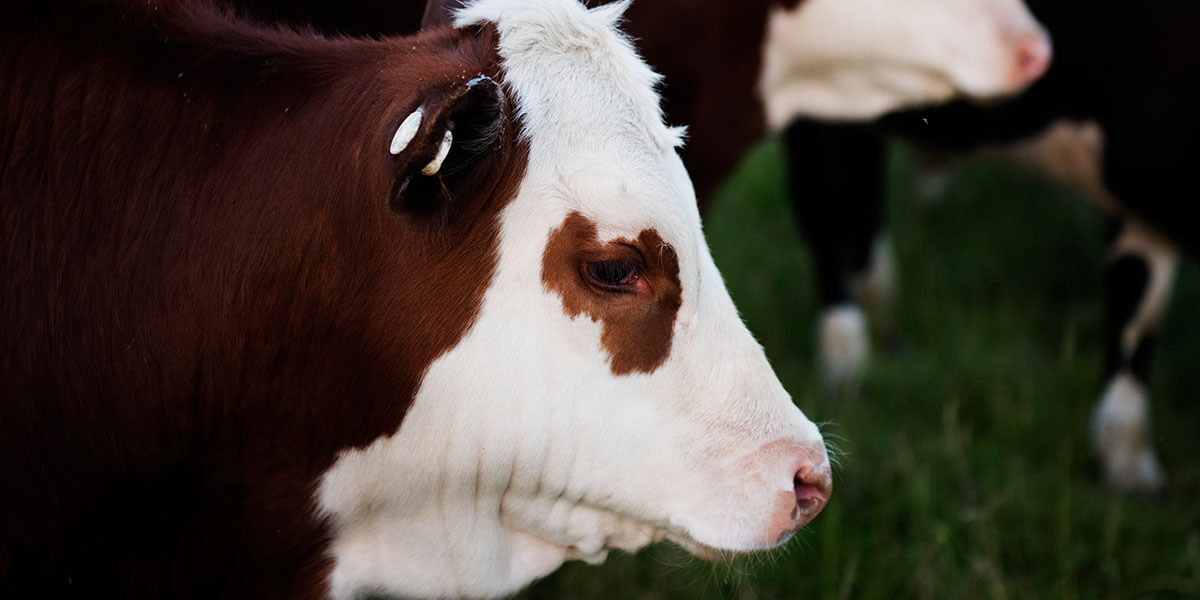Bovine respiratory disease (BRD) is a common infection that has a major negative impact on many beef cattle operations. BRD accounts for about 75 percent of feedlot morbidity and between 50 and 70 percent of all feedlot deaths (Edwards 1996; Galyean, Perino and Duff, 1999; Loneragan et al., 2001).
Bovine respiratory disease causes an estimated $800 million to $900 million USD annually in economic losses. Many beef producers believe that treatment costs, like antibiotics and anti-inflammatories, are the major source of economic costs related to BRD. While treatment costs are a significant source, the biggest economic costs actually result from mortality or lost production performance.
BRD Treatment in Cattle is Costly for Feedlot Operations
Treatment costs include not only the price of antibiotics and anti-inflammatories, but also the amount of time it takes to pull an animal out of the pen and the labor that’s associated with that.
Medicine and treatment only account for about 21 percent of the economic losses associated from BRD while 79 percent can be attributed to lower carcass weight (8.4 percent less) and lower-quality grade (24.7 percent more USDA Standard quality grade carcasses).
Economic Losses from Bovine Respiratory Disease

- A Texas ranch-to-rail study (Griffin, Perino and Wittum, 1995) revealed that BRD morbidity accounted for 8 percent higher production costs, not including losses related to decreased performance.
- This same study also found that cattle with BRD had a 3 percent decrease in average daily gain and cost the producer $111.38 USD per sick animal.
- Another study (Snowder et al., 2006) estimated an economic loss of approximately $13.90 USD per animal from a BRD infection due to lower gains and treatment costs in a 1,000-head feedlot.
No matter the case, BRD is cutting into your profitability.
Why Cattle Feedlots Should Incorporate Trace Mineral Supplements to Reduce BRD Incidence
Feeding performance trace minerals year-round in a cow/calf operation provides a better ability for cattle to mount a rapid and robust immune response against BRD infections. It is especially important to feed performance trace minerals to gestating cows during the third trimester. This allows them to produce more colostrum that is also higher quality. The colostrum is then passed on to the calf during the first 12 hours after calving and is a significant part of their immune system.
A research study conducted by Zinpro® at Oregon State University revealed that calves born from cows fed Zinpro® Availa® 4 during the third trimester had a significant reduction in BRD treatment rates in the feed yard.
Twenty percent of the calves from cows fed Zinpro Availa 4 were treated for BRD, compared to 42 percent of calves from cows with no supplementation and 59 percent of calves from cows fed inorganic trace minerals. It should be noted that treatment rates for control and inorganic treatments were not significantly different.
Proven Nutrition Helped Decrease BRD Cattle Treatment Percentages

The study was conducted as part of the Zinpro® Generational Nutrition® program which highlights how feeding performance trace minerals to gestating cows helps improve the wellness and performance of their offspring.
Limit Bovine Respiratory Disease and Increase the Economic Return of Feedlot Operations
Beef producers should vaccinate calves twice during weaning (once before weaning and once at the time of weaning) and once more within one to four days after they enter the feedlot. Most feedlot deaths related to BRD occur within the first 45 days (Edwards, 1996; Loneragan et al., 2001). In fact, research shows that 91 percent of calves diagnosed with BRD were diagnosed within the first 27 days after arrival in the feedlot (Buhman et al., 2000). Estimating returns from vaccination, Nyamusika et al. (1994) calculated a $44 increase in net revenue by combining vaccination programs with BRD treatment based on a simulation model.
It’s important for beef producers to prevent overcrowding in the feedlot when possible. Overcrowding animals creates stress for beef cattle, which reduces feed intake and suppresses immune function, leaving beef cattle more susceptible to BRD and other viral and bacterial infections.
If possible, it is ideal for producers to purchase all of their calves from a single source. This will make BRD control much easier than comingling cattle from multiple sources upon arrival at the feedlot.
With proper management strategies and performance trace mineral nutrition, beef producers can reduce the incidence and severity of BRD and minimize its negative impact on their bottom line.
Feeding performance trace minerals like Zinpro Availa 4 with its unique combination of zinc, manganese, copper and cobalt is a research-proven way to deliver strong performance benefits to beef cattle and a strong economic return to the cattle operation.
To learn more about the research-proven benefits of feeding Zinpro Availa 4 to beef cows, download this additional source of helpful information.


